Our School: Kanan İlkokulu
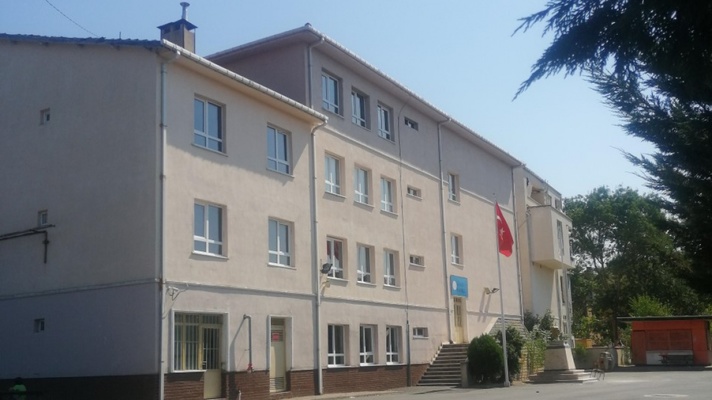
Kanan İlkokulu started to education in 1927 as a three-year primary school. Built with the help of the people and the state, the building consisted of two classrooms and a lodging. In 1945 it turned into a five-year primary school. As a result of the increase in the number of students, two classrooms and a director's room were built in addition to the old building in 1964. Kanan Primary School encountered a big flood in 1973 and the archive of the school was completely destroyed.
In 1990, both buildings were repaired, and with this renovation, four classrooms and a teachers' room were obtained with an additional floor on the building built in 1927. It was decided to close some of the village schools due to the migration from Şile villages to the big city. And yet, the transition to eight-year education began. In 1995, with the protocol signed by the Provincial Directorate of National Education with donor Nur Aziz KANAN, Ağva Primary School was transformed into Kanan Primary School and started the eight-year education process. The building, which was built in 1964, was demolished - from the 1998-1999 academic year to the 2007-2008 academic year- education services were provided in the building in the center of Ağva. Since July 2020, it has been continuing its education as Kanan Primary School in its building in the center of Ağva.
There are 1 Language Lab, 1 Science Lab, 1 activity hall, 1 dinning hall for lunch. We have 2 kindergarten classes and 8 primary classes. There are around 20-25 pupils in the clasrooms and we do full day education 9.00 to 14.30. Our students transported to our school about 10 km away from different villages.
Our Town: Ağva
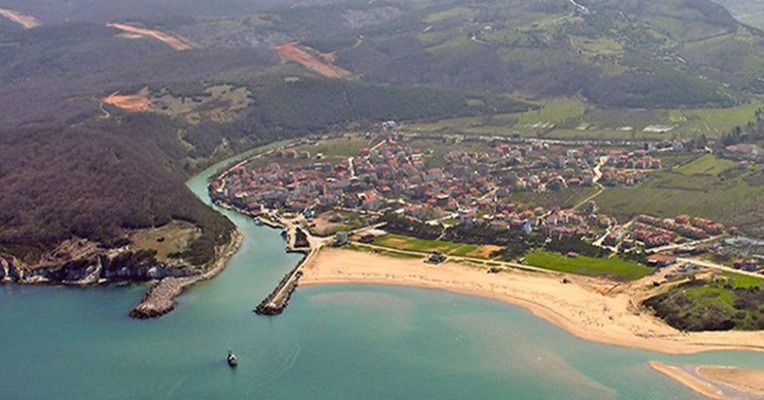
Agva is a secret garden of Istanbul. A small fisherman village built between two mystic rivers, Goksu and Yesilcay.
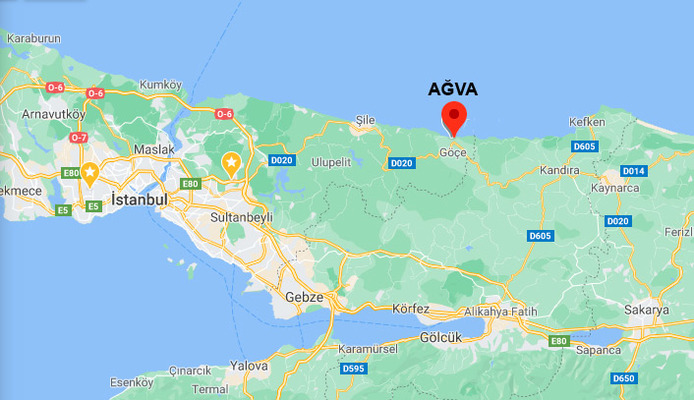 With its nature, Göksu and Yesilcay Rivers that flow on two sides, very blue sea of Black sea it faces and very delicious fishes, Agva is a natural miracle that is on the northeast of Istanbul.
With its nature, Göksu and Yesilcay Rivers that flow on two sides, very blue sea of Black sea it faces and very delicious fishes, Agva is a natural miracle that is on the northeast of Istanbul.
Agva has a beach of 3 kilometers next to Black Sea. Sea is very clean because most of residential areas have been located in inner areas and within pines. Beach always waits for you with its purest state. It is a region in which forests and nature is together and the oxygen level is very high. It has a natural beach, perfect green environment, virgin bays, small islands and forests. Carpet Bay, Bride Stone, Hidden Lake are among placed that should be discovered. It is called Bride Stone because it is white and looks like a bride with veil.
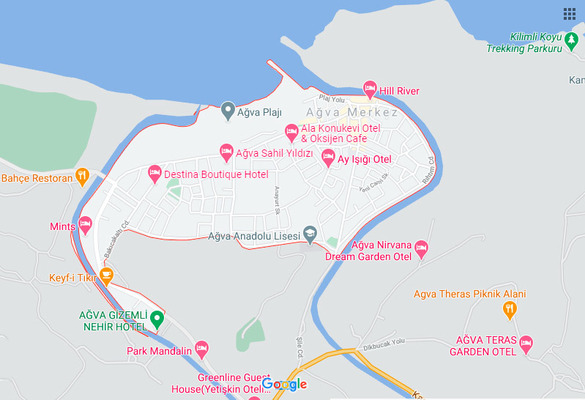 There is a small harbor with fishing boats and daily boats for rent. Agva never became as popular as other areas because of its small pebble beaches, but this has saved the town from over development. Life centers on the town square where there are teahouses, restaurants, mosques and shops. There is a traditional market on Fridays.
There is a small harbor with fishing boats and daily boats for rent. Agva never became as popular as other areas because of its small pebble beaches, but this has saved the town from over development. Life centers on the town square where there are teahouses, restaurants, mosques and shops. There is a traditional market on Fridays.
In Agva, which is ready to be discovered with its unique nature, you can spend your time doing water sports in the summer and winter (canoeing in the river, sea cycling), fitness in the winter and tracking and hunting thanks to its environment.
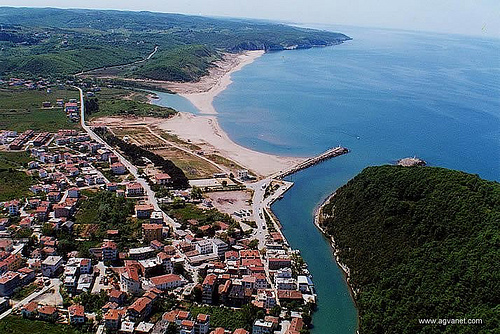
Agva which is extremely favorable for activities like walking in the forest, running, biking and camping, is also ideal for those who would like to cool off in the waters of the Black sea in the summer. Agva, a shelter for turtles, gazelles, wolves, hyenas, wild boars, foxes, squirrels and many bird species especially kingfishers, has an appropriate atmosphere for hunting. To inhale the fresh air, to walk on the beach which is rumoured to heal rheumatic illnesses and to taste delicious fish in the restaurants on the coast of the river are what you should not forget to do while enjoying Agva.
Our City: İstanbul

Augusta, Antonina, Nova Roma, Byzantion, Byzantium, Constantinople and finally Istanbul… These exciting names reminds the mysterious and enchanting past of the city. Istanbul can be considered as the combination of the old and modern city, as well as Islamic and Mediterranean mixture of cultures in a captivating atmosphere. There are only few cities in the world that can be so delightful to experience and enjoy as Istanbul.
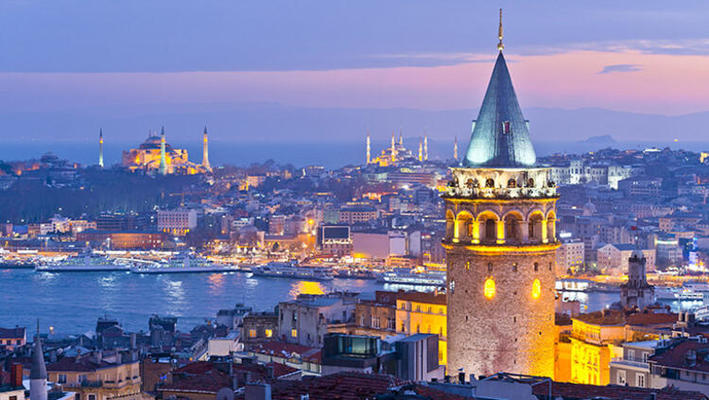 The city embraces Asia on the one hand and Europe on the other. Istanbul is Turkey's most populous city and its cultural and financial center. Located on both sides of the Bosphorus, the narrow strait between the Black Sea and the Marmara Sea, Istanbul bridges Asia and Europe both physical and cultural.
The city embraces Asia on the one hand and Europe on the other. Istanbul is Turkey's most populous city and its cultural and financial center. Located on both sides of the Bosphorus, the narrow strait between the Black Sea and the Marmara Sea, Istanbul bridges Asia and Europe both physical and cultural.
Expanding the ancient Greek colony of Byzantium by the order of the Roman Emperor Constantine the Great, the imperial city of Constantinople for nearly a thousand years was the last remaining outpost of the Roman Empire. It was finally conquered by the Ottoman Sultan Mehmed II in 1453, an event sometimes used to mark the end of the Middle Ages. By the mid 1500s,
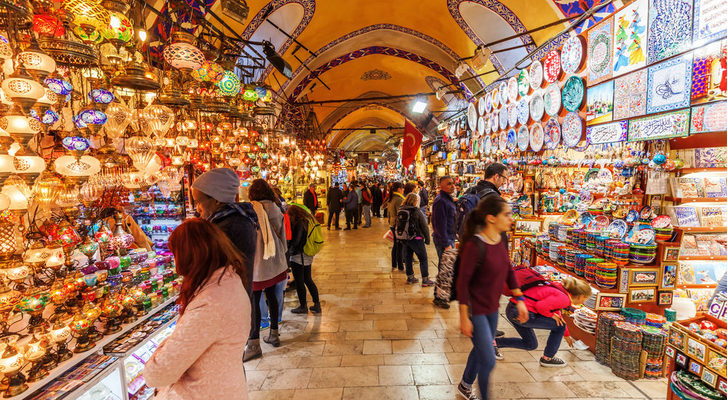 Istanbul, with a population of almost half a million, was a major cultural, political, and commercial center. Ottoman rule continued until it was defeated in WWI and Istanbul was occupied by the allied forces. When the Republic of Turkey was born in 1923 after the War of Independence, Kemal Atatürk moved its capital to the city of Ankara. However, Istanbul has continued to expand dramatically; today its population is approximately 14 million. It continues to be a city that creates its own history at the intersection where both continents meet.
Istanbul, with a population of almost half a million, was a major cultural, political, and commercial center. Ottoman rule continued until it was defeated in WWI and Istanbul was occupied by the allied forces. When the Republic of Turkey was born in 1923 after the War of Independence, Kemal Atatürk moved its capital to the city of Ankara. However, Istanbul has continued to expand dramatically; today its population is approximately 14 million. It continues to be a city that creates its own history at the intersection where both continents meet.